Stronger Mind, Steadier Heart: The Benefits of Martial Arts for Mental Health
Chosen theme: Benefits of Martial Arts for Mental Health. Step onto the mat to discover practical tools for calm, confidence, and clarity, shaped by tradition, science, and lived stories. Read on, share your experiences, and subscribe for more mindful movement insights.

How Martial Arts Support the Brain and Mood
Moderate, rhythmic training boosts endorphins and dopamine while helping regulate cortisol, the body’s stress alarm. Many students notice clearer thinking and steadier moods after drills, forms, or light sparring, especially when sessions end with breathwork and gentle cooldowns.
How Martial Arts Support the Brain and Mood
Predictable rituals like lining up, bowing, and repeating combinations create dependable anchors. Routine signals safety to the nervous system, which can reduce rumination. When life feels chaotic, the next stance, step, or guard offers a simple, calming next action.
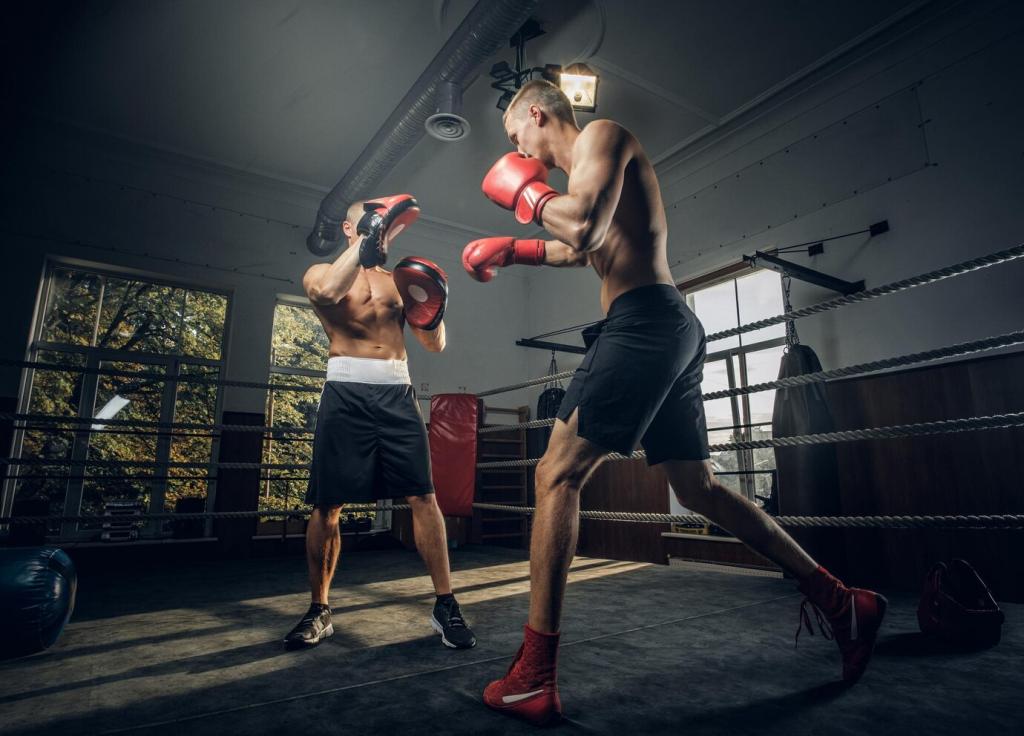
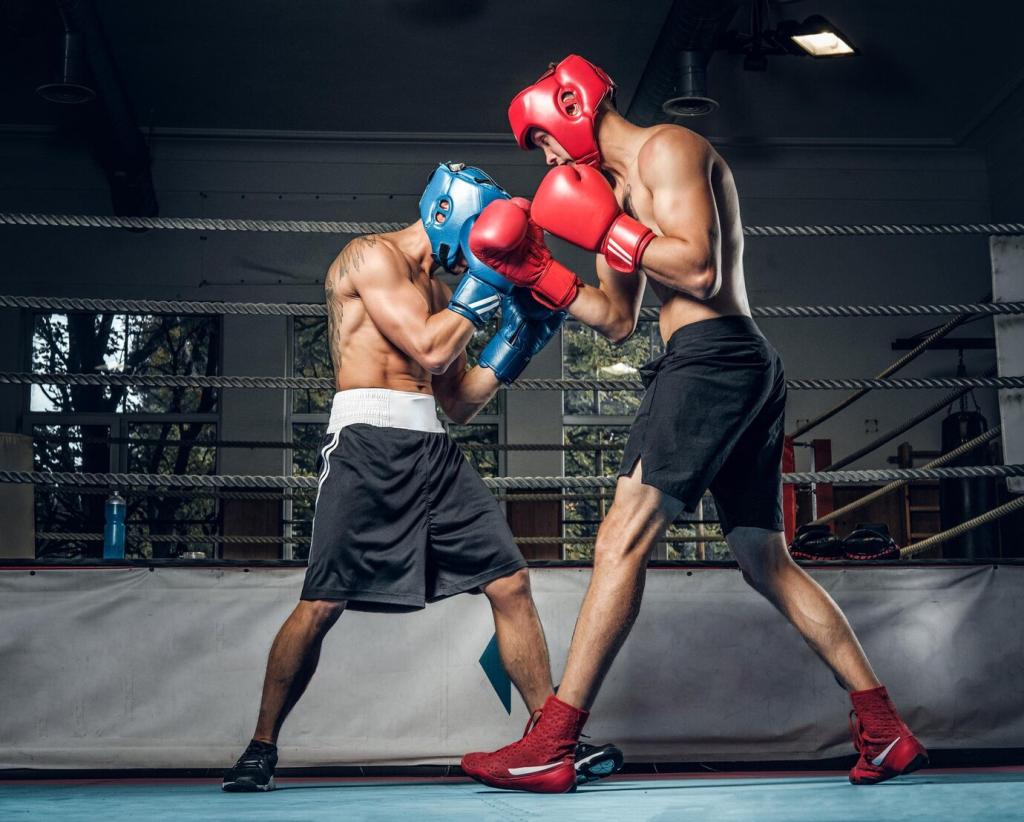
Confidence, Self-Efficacy, and the Belt Journey
One anxious beginner remembered shaking during their first class. After two weeks of consistent basics, they nailed a clean front kick. That tiny, undeniable win reshaped their self-talk from I cannot to Maybe I can, then to I did.
Confidence, Self-Efficacy, and the Belt Journey
Break down big goals into small, repeatable targets: three technical reps perfectly, one calm breath in guard, or eye contact during partner drills. Achieving daily micro-goals compounds into confidence that extends beyond the gym and into work, study, and relationships.
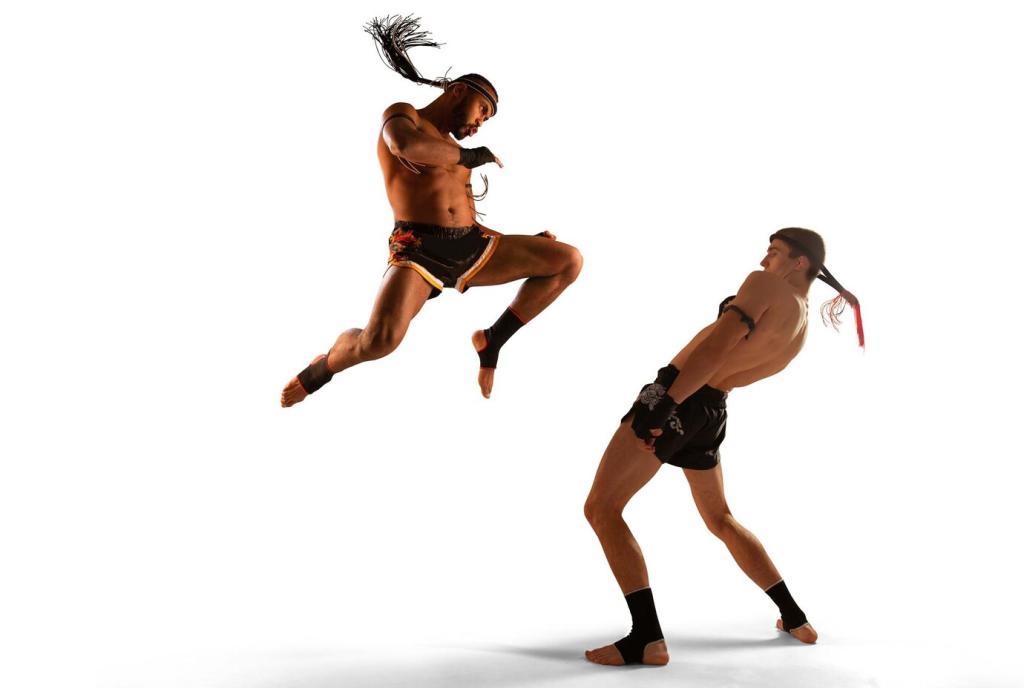
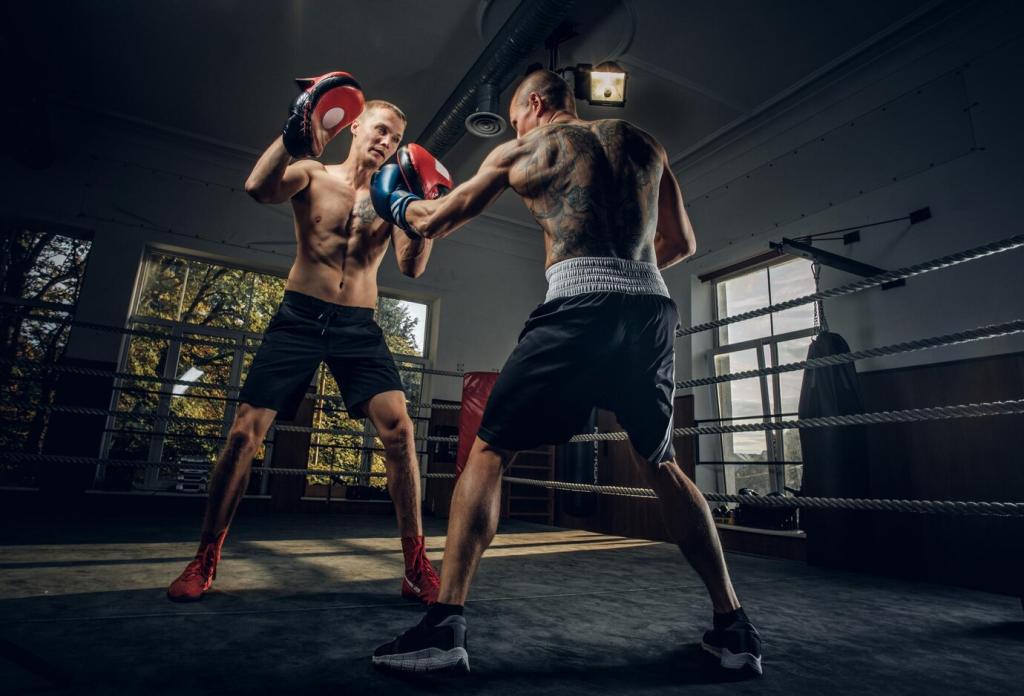
Mindfulness in Motion: Focus You Can Feel
Breath, Balance, and Basic Drills
Coordinating inhale with guard resets and exhale with strikes can quiet mental chatter. Simple basics practiced slowly invite focus into feet, hips, breath, and timing. Over time, attention stabilizes faster, even on stressful days outside the dojo.
Sparring Presence and Safe Intensity
Light, coached sparring demands here-and-now awareness. Reading distance, protecting centerline, and responding instead of reacting become mindfulness in action. With safety gear and respectful partners, intensity becomes a controlled container to practice calm under pressure.
Visualization between Sessions
Rehearsing techniques mentally strengthens neural patterns without physical strain. Picture foot placement, angles, and counters while breathing evenly. A few focused minutes can preserve confidence and continuity on rest days or when motivation dips, reinforcing a consistent mental routine.
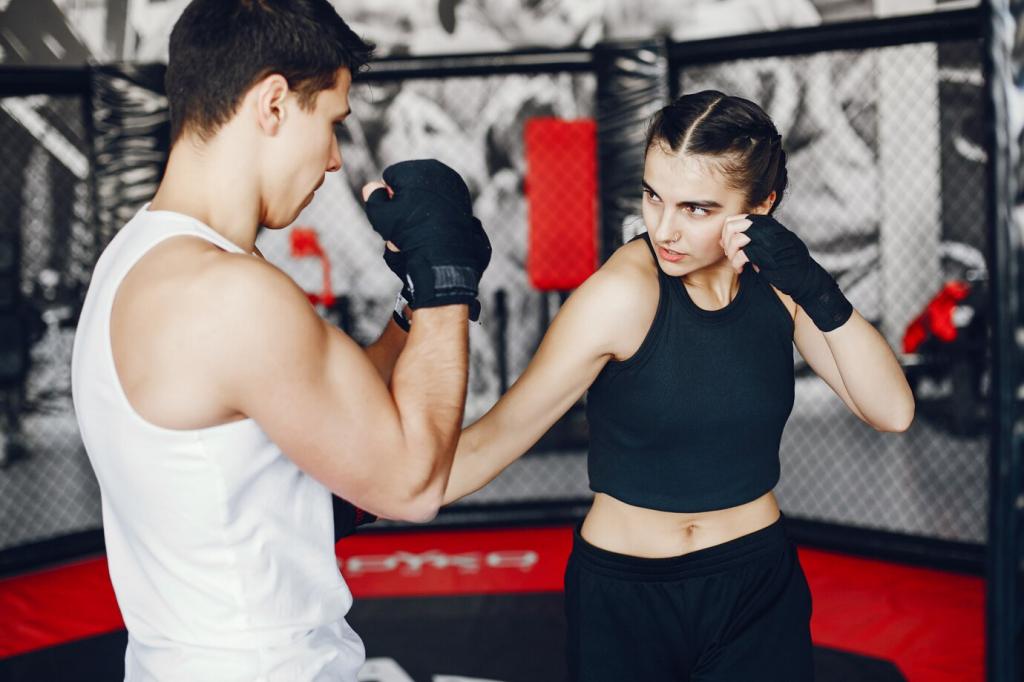
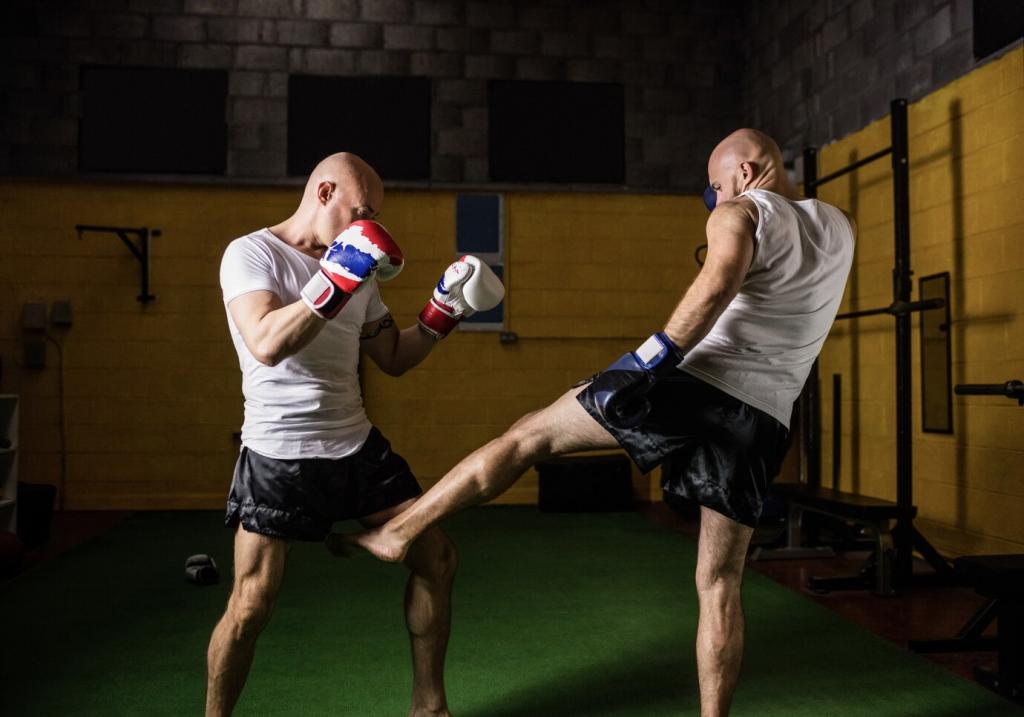
Emotional Regulation and Stress Relief
A simple bow can mark the moment you set down the day’s worries. Small transitions like this cue emotional shifts. Enter ready to learn, leave with a calmer nervous system, and invite that same pause before difficult conversations at home.
Emotional Regulation and Stress Relief
In grappling arts, tapping early teaches self-preservation and trust. You acknowledge limits without shame, then reset and try again. That habit translates into daily life as healthier boundaries, fewer meltdowns, and quicker recovery after stressful interactions.
Community, Belonging, and Positive Identity
Remember the coach who learned your name immediately, or the partner who slowed down so you could practice safely. Those small acts of kindness counter isolation. Tell us your first-day story, and welcome newcomers with the same warmth.
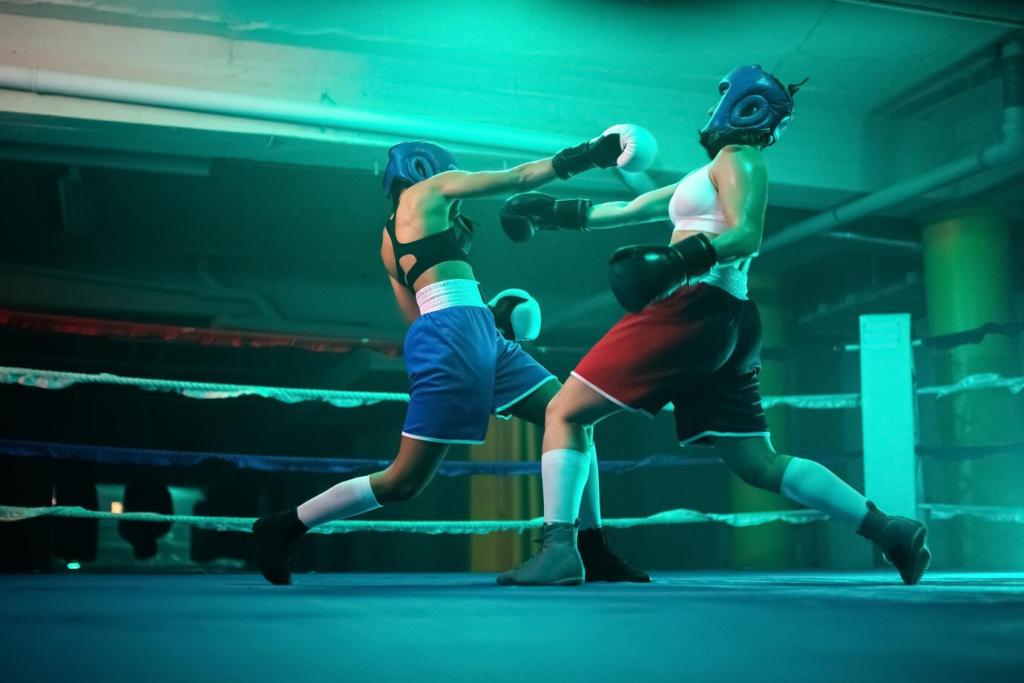
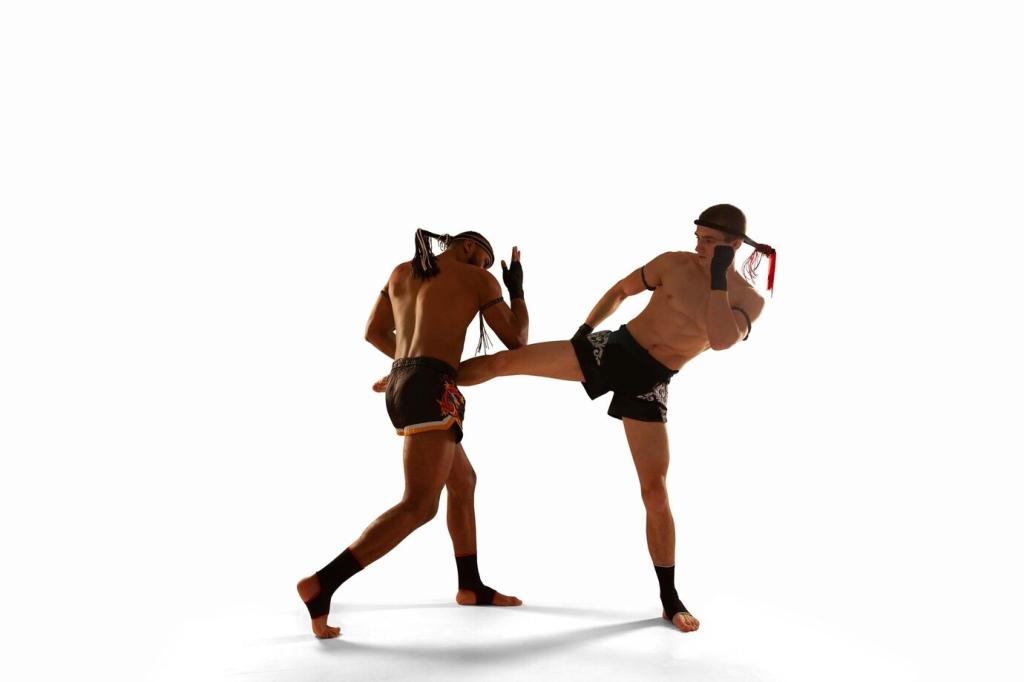
Community, Belonging, and Positive Identity
Pad work, flow rolling, and synchronized forms require cooperation. Good partners communicate, adjust intensity, and celebrate progress. Practicing trust weekly rewires social expectations, making it easier to ask for help and offer support beyond the training floor.
Trauma-Informed, Inclusive Training
Agree on touch, intensity, and stopping signals before drills. Use verbal check-ins and visible hand taps. When partners honor boundaries, the body relearns safety, allowing challenge without overwhelm. Share this practice with your training group to normalize consent.
Trauma-Informed, Inclusive Training
Rooted stances, slow stepping, and mindful weight shifts help settle the body. Notice the pressure under each foot and align posture with breath. Grounding drills are quiet power tools for anxious days, restoring steadiness without forcing positivity.
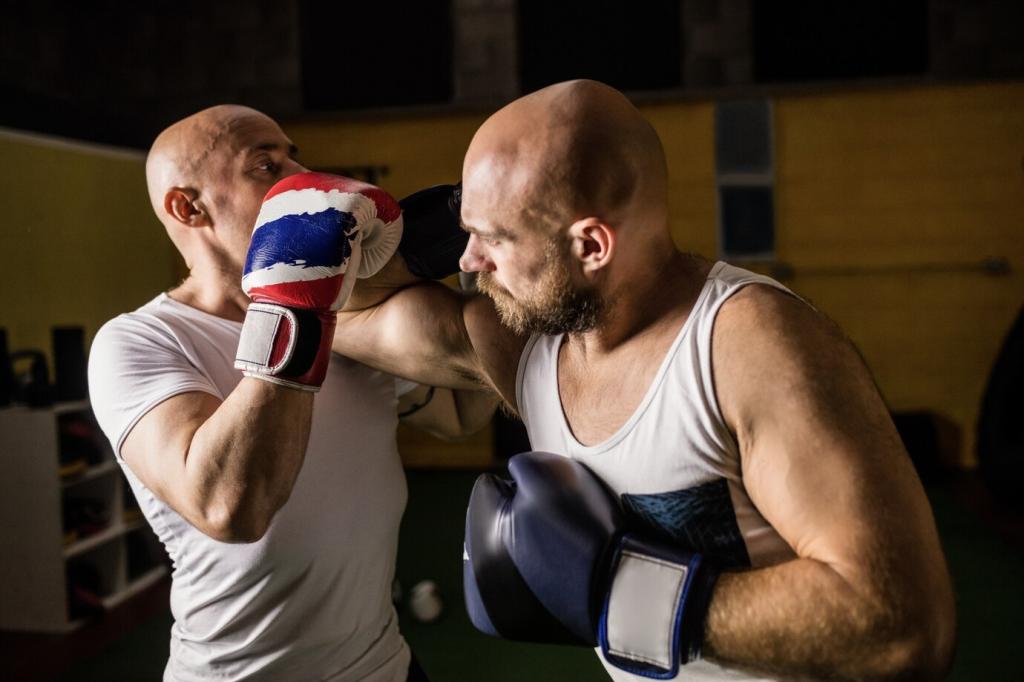
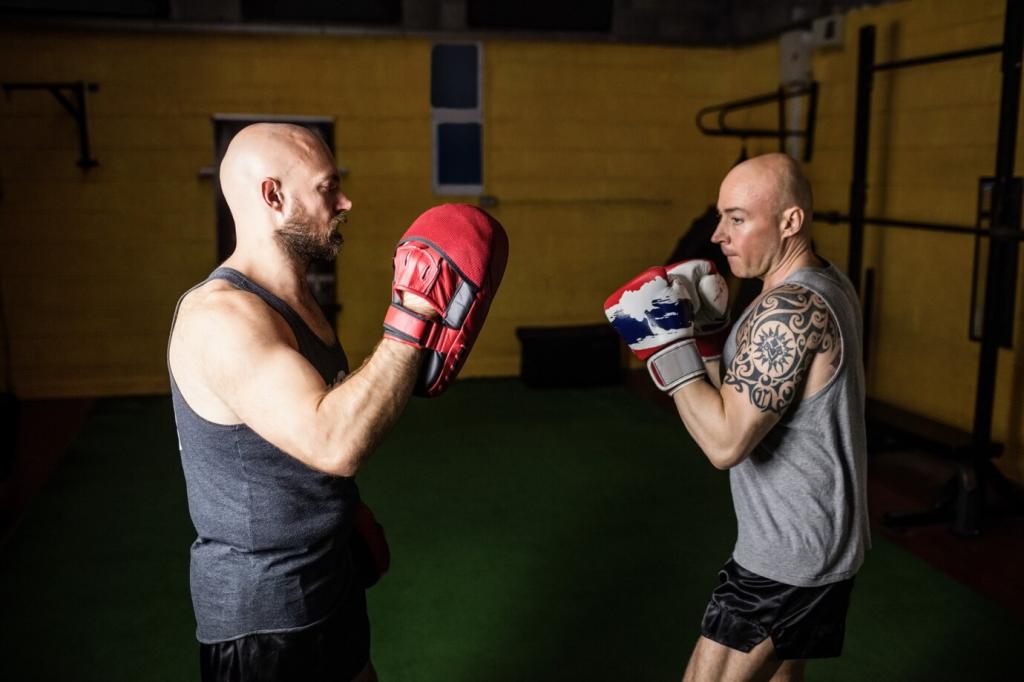
Getting Started: A Gentle, Realistic Plan
Confirm beginner-friendly sessions, ask about safety rules, and share any injuries or concerns. Bring water, curiosity, and one simple goal. After class, note your energy, mood, and sleep that night to guide your decision about continuing.
